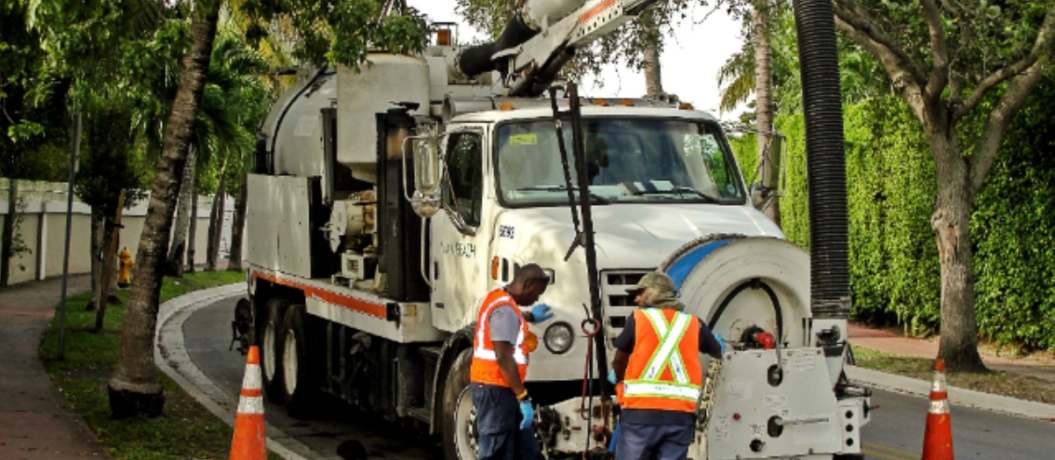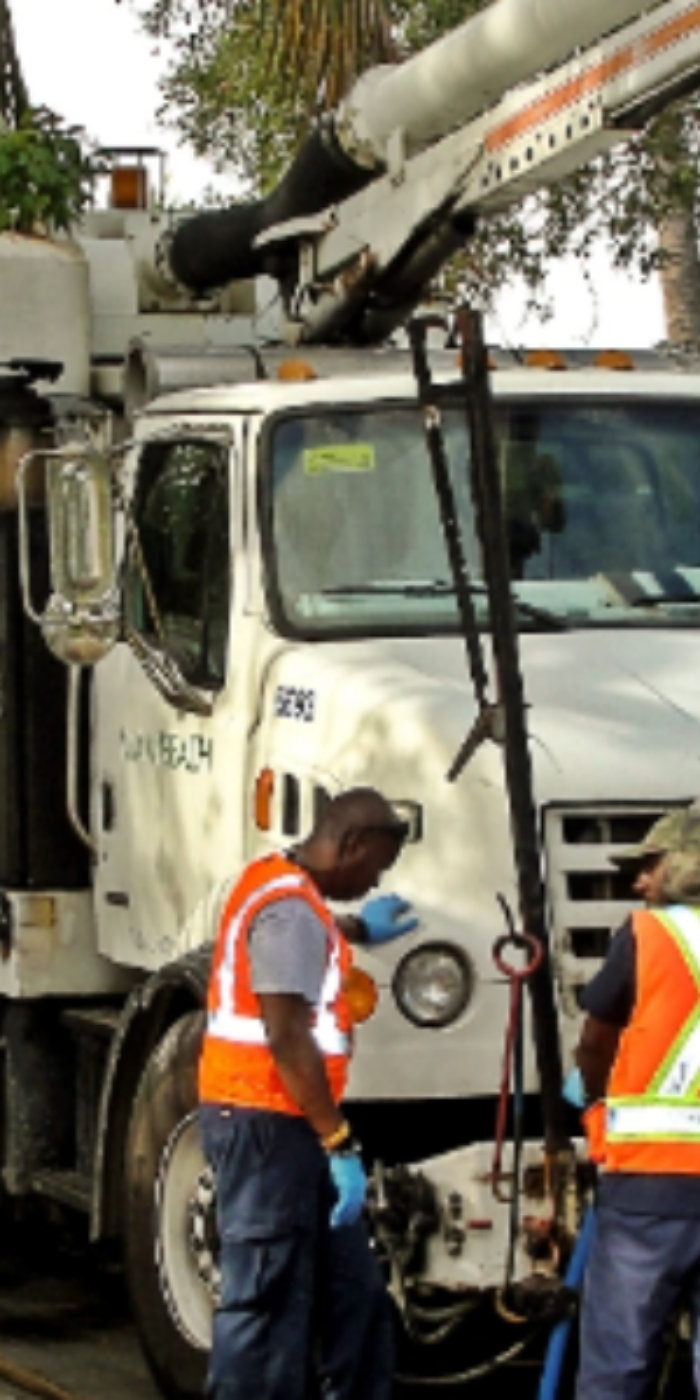If there is one thing your community experiences and cares about on a daily basis, it’s public safety. Through public transportation, walking down streets with or without streetlights, calling emergency services or experiencing some sort of natural disaster or weather phenomenon, your citizens are consistently engaged in potentially dangerous situations. They deserve to know that your department is doing all that it can to improve infrastructure, emergency response times and public transportation safety and efficiency.
Investing in a powerful GIS system is a substantial step toward dramatically increasing your public safety efforts. As states, counties and cities start to adopt the GIS methods, they’ve noticed key improvements in their everyday practices. Some of these organizations that were not using GIS systems discovered that they could request the data they wanted from their IT and data storage personnel and import it into the new system. Once the GIS system had data and a strategy, they were able to use it to continuously collect relevant information about their region, which included public safety and code violations. As a result of the new data system’s convenient visualization, the organization was able to effectively create new policies for the areas that were presenting issues.
Some organizations choose extensive mapping tools to create their action plans and representative reports. They can visualize their assets through polygonal, point, linear and spatial entities, which allows for the creation of effective management techniques. To further their coverage of public safety issues, they formed maps and visualized trends as they related to foreclosures, property crime, violent crime, fires and more. Through this expansion of GIS data, they uncovered trends that demonstrated that the vast majority of particular issues, such as code enforcement violations, were all centered in one area, under the same handful of landlords.
While this may initially sound like bad news, the implications are incredibly important. These organizations can act on their discoveries by contacting and investigating the landlords and the associated areas in order to help craft policies and remediation techniques that are relatable to the citizens there. Because of this, decision-makers don’t have to worry about applying too general, or vague, policies to widespread groups of people where it might only positively affect some of them. They can be satisfied knowing that their decisions are targeted at specifically the people they will help.
So, can your organization benefit from a similar process? Then it might be time to look into a GIS system! A strong GIS system should possess the following:
- Quick, high-level visual overview of your assets through layered maps and cross-system integration
- Communication regarding the location and impact of issues in a way that facilitates decision making
- Visual understanding of where trouble spots and issues exist, and recommendations of optimal resource allocation
- Collection of real-time data from the field to not only update the location and condition of your assets, but to automatically generate service and work order requests
AssetWorks Enterprise Asset Management (EAM) software is already integrated with Esri GIS. This powerful work connection grants you the ability to organize data by managing existing investments in Esri technology with your asset information, improve communication by establishing consistent pathways between field personnel and in-office management through the map-based view and ensure accuracy by helping you fix errors in your GIS software. In addition, it has a full integration with AssetWorks FleetFocus, the premier fleet management software.












